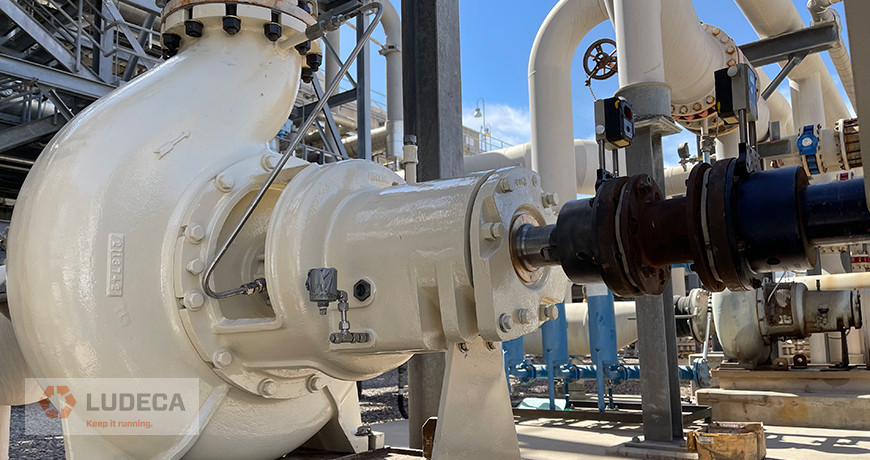
A pump is a machine or device designed to move and transfer fluids. All pumps basically do the same thing, and the pump best suited for your needs depends on how far, how fast, and how much fluid needs to be transferred. Pumps are very critical to a facility as a whole and unwanted downtime can cause production to cease. There are many manufacturers of pumps such as Goulds, Sulzer, and Sundyne to name but a few. Monitoring a pump with a handheld vibration data collector such as BETAVIB’s VibWorks or using an online condition monitoring system like a Cortex system, enables a facility to save money and avoid unplanned downtime.
Many different mechanical issues can cause a pump to fail. Fortunately, machine data is stored in VibWorks software, which provides additional capabilities for programming, trending, evaluation, and archiving of the machinery condition. Vibration monitoring allows for many things to be recorded such as:
- Looseness
- Misalignment
- Bearing Defects
- Imbalance
- Pump Cavitation
One of the most important things to remember about a pump is the size needed for the application. Too many facilities have either oversized or undersized pumps, which can cause the pump to run above or below its ideal pumping curve. The pumping characteristic is normally described graphically by the manufacturer as a pump performance curve. The pump curve describes the relation between flow rate and head. A pump running off its intended curve can cause damage and result in poor performance.
Laser Alignment for a Vertical Water Pump with Easy-Laser XT
Filed under:
Alignment, Condition Monitoring by Gary James CRL
